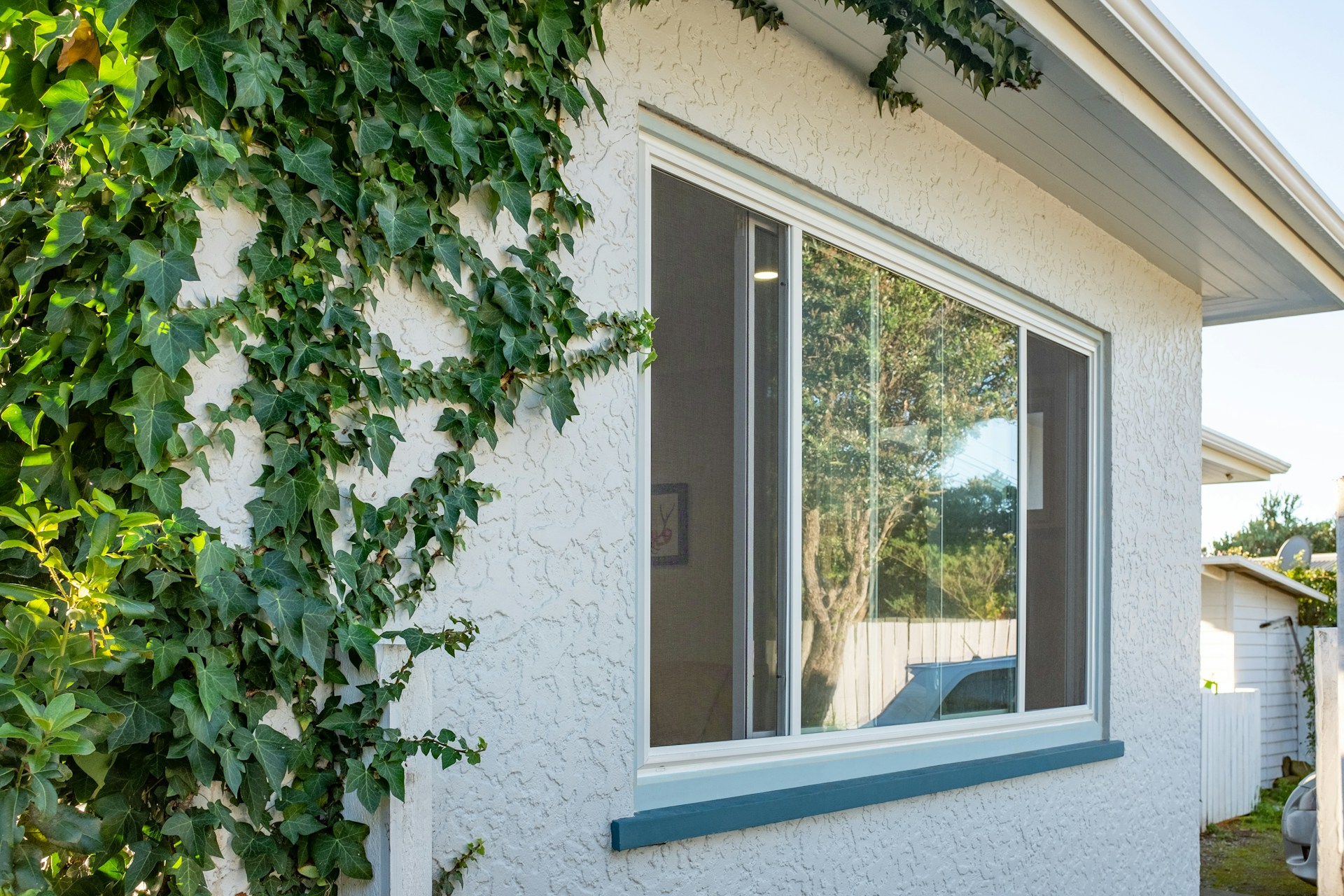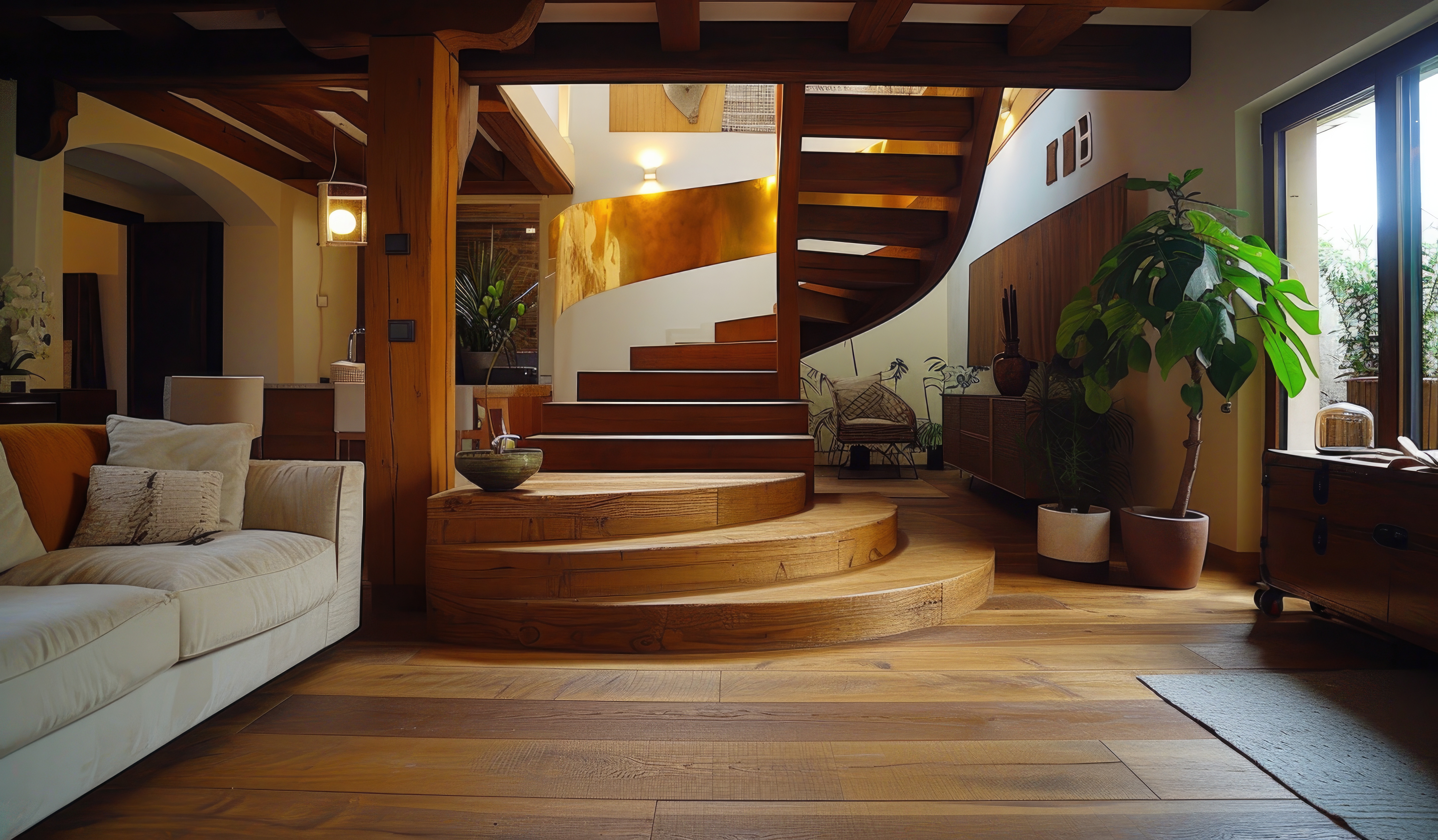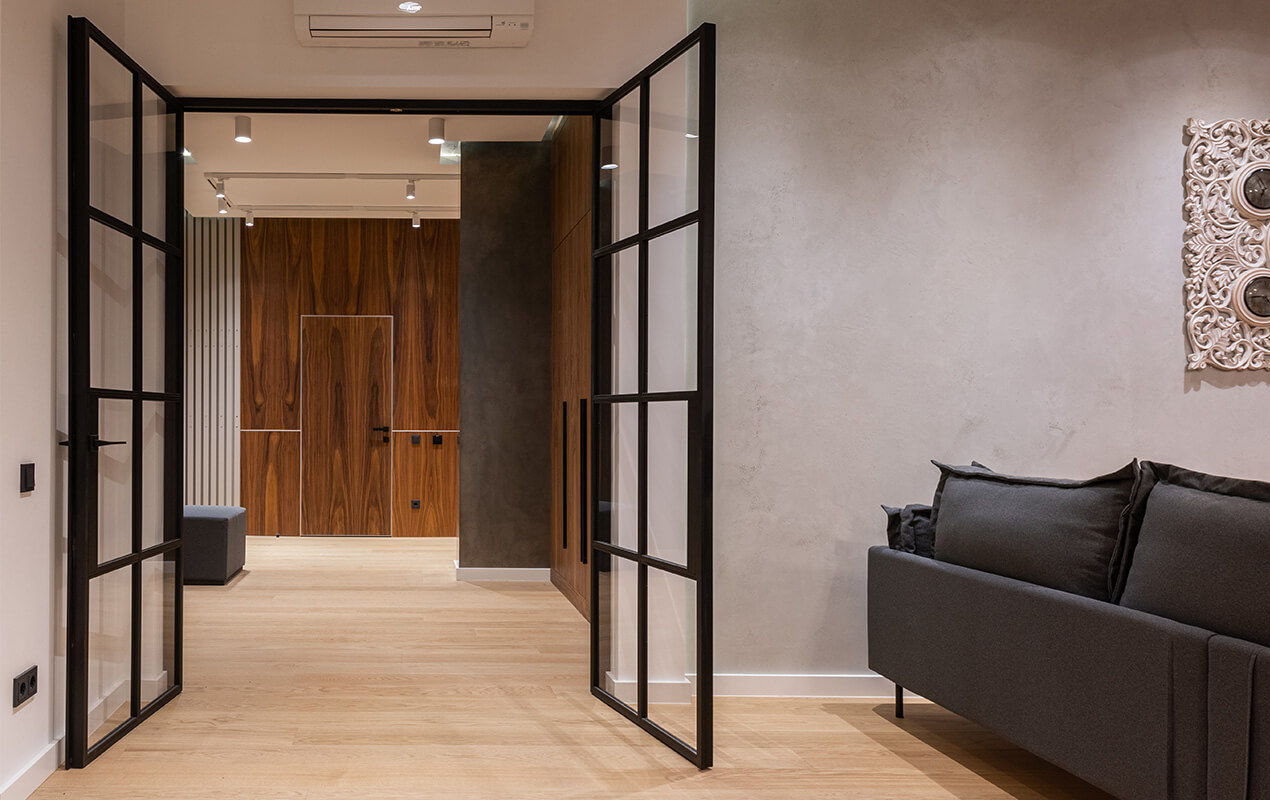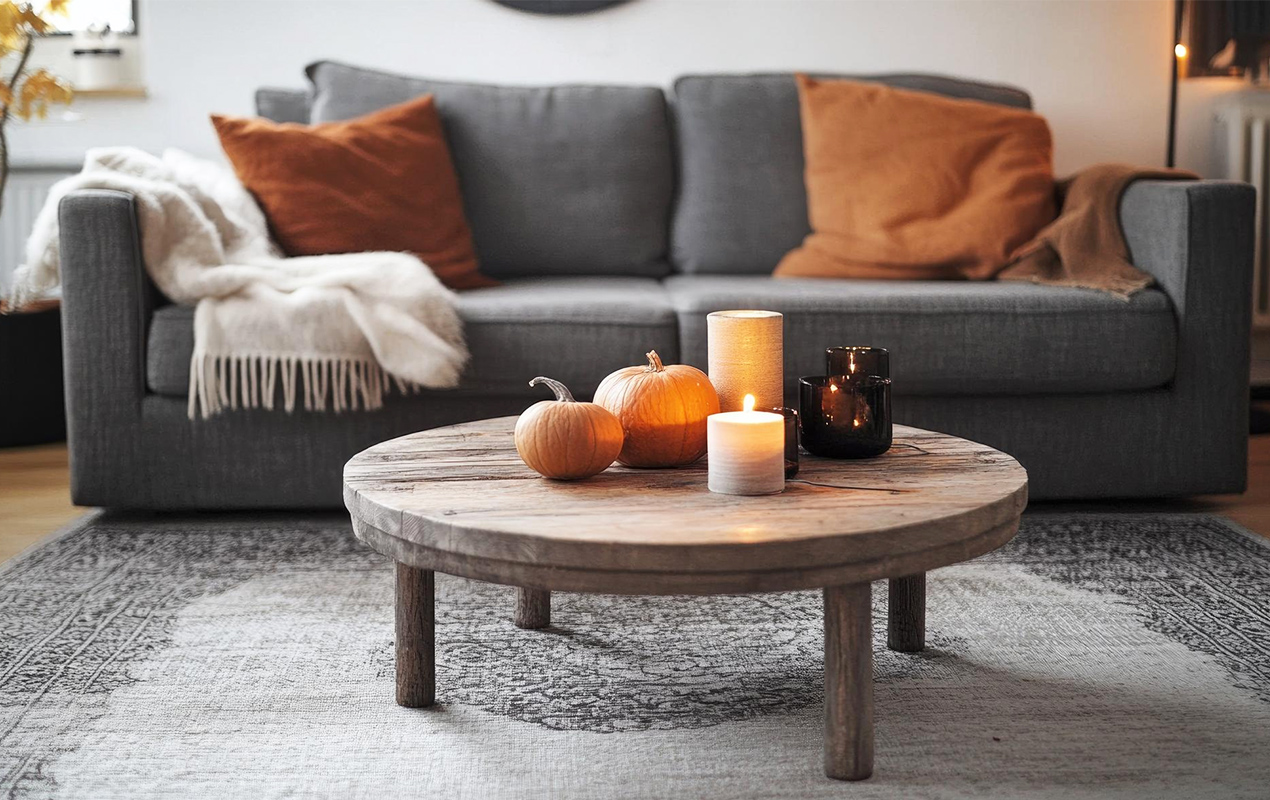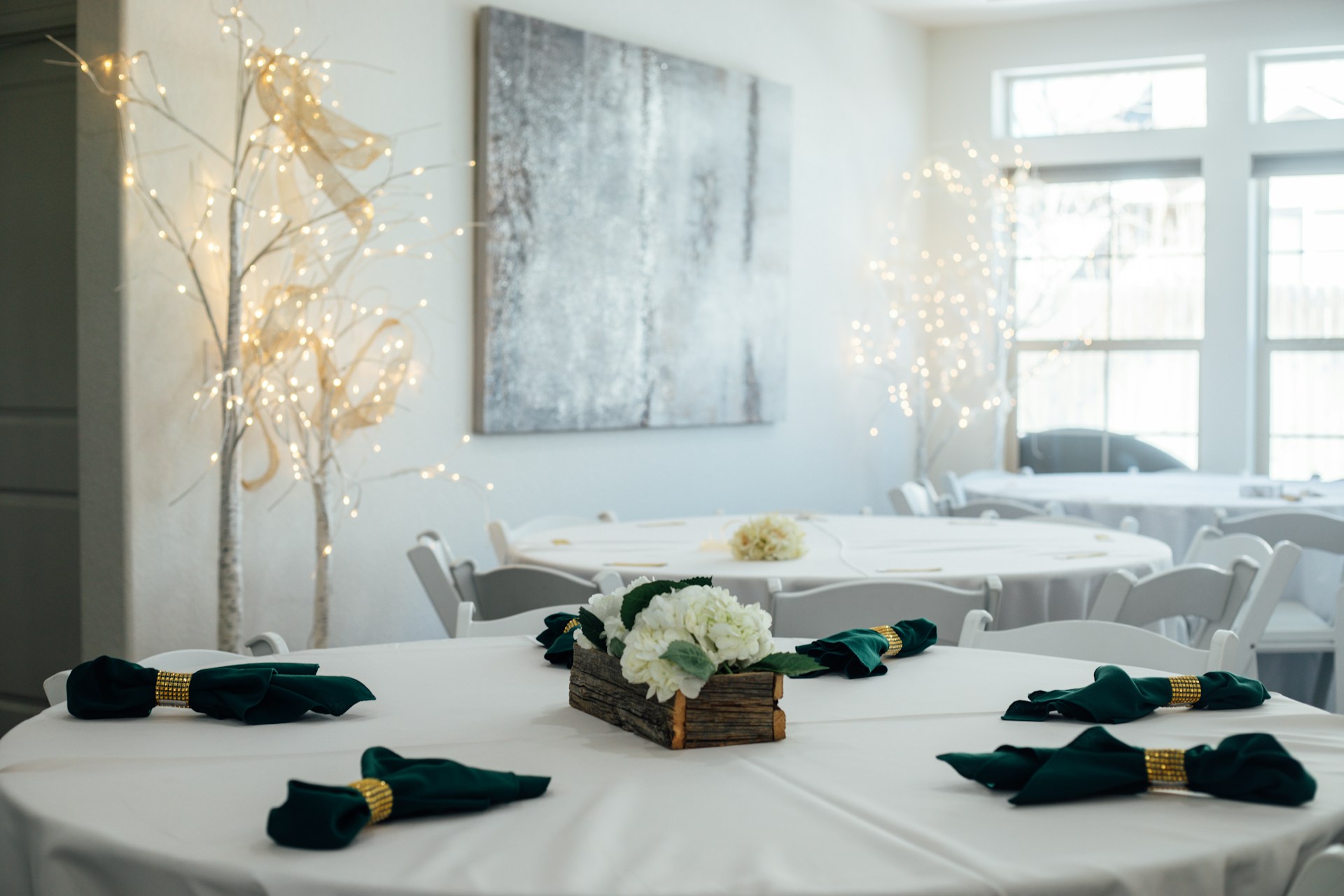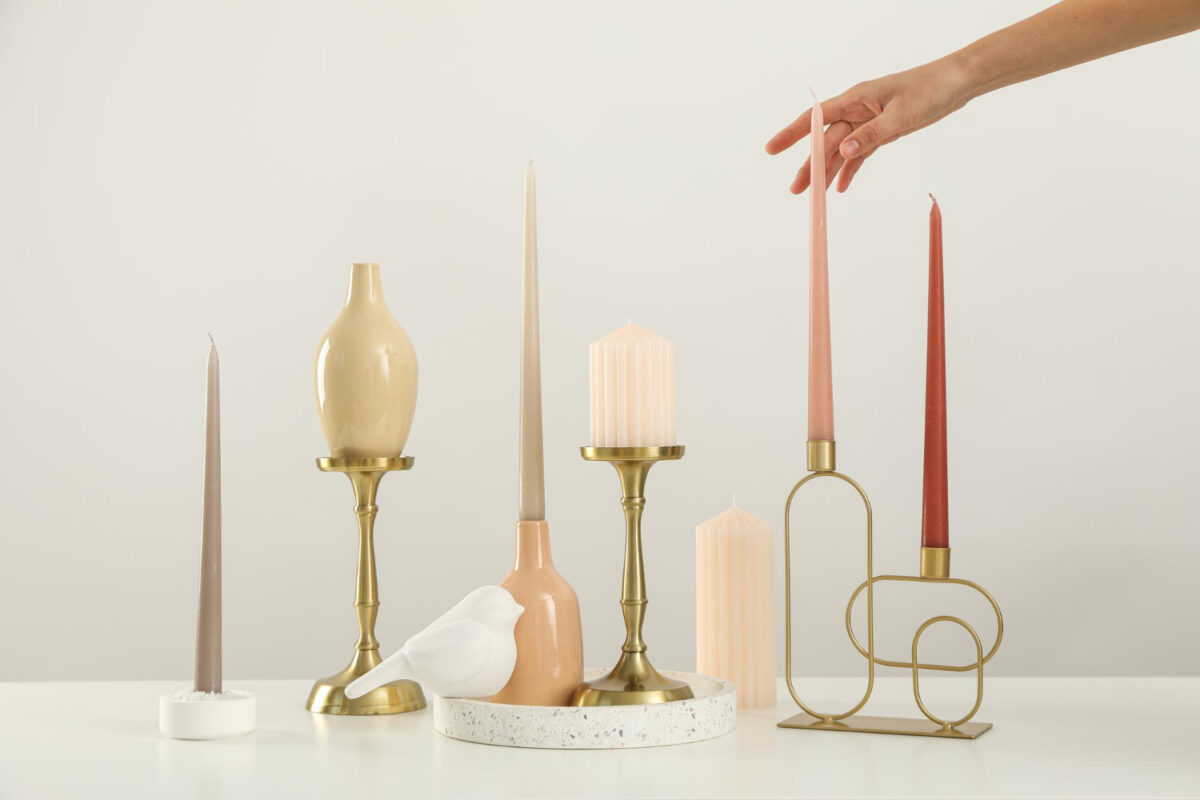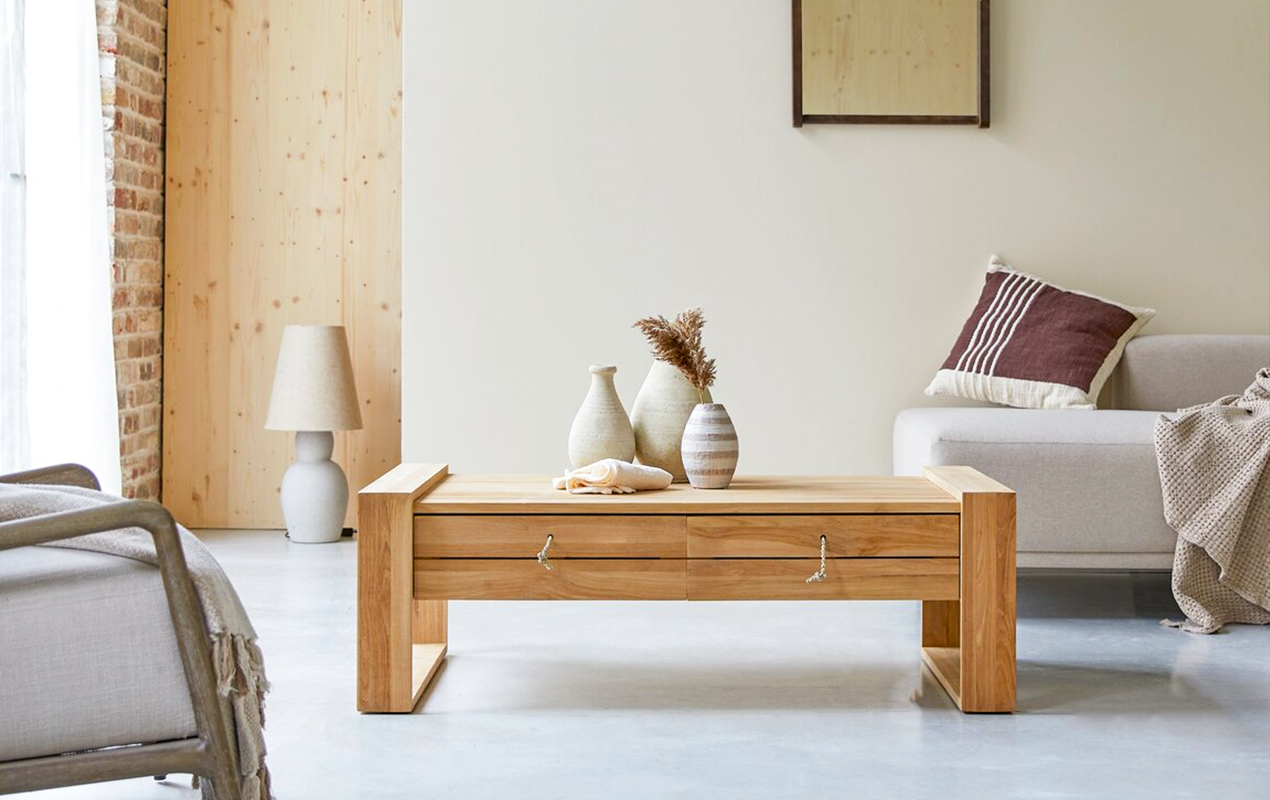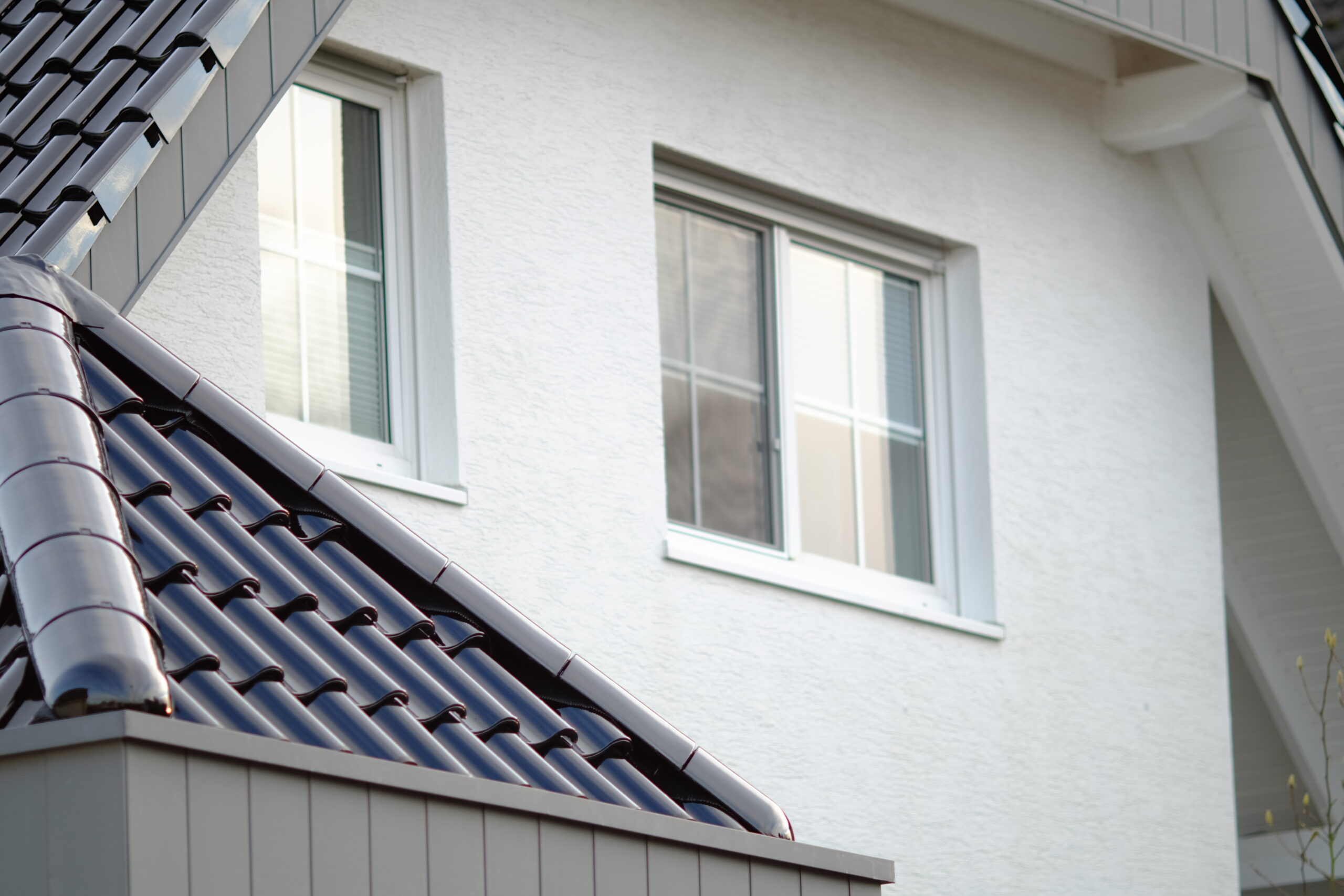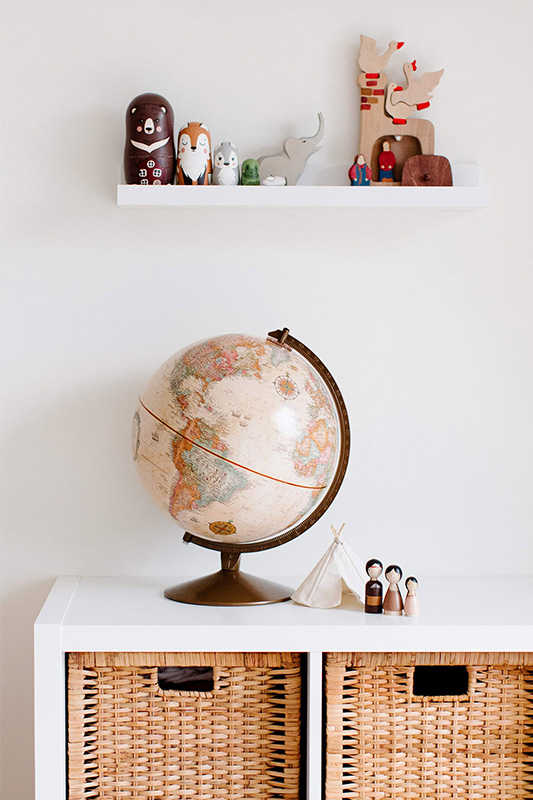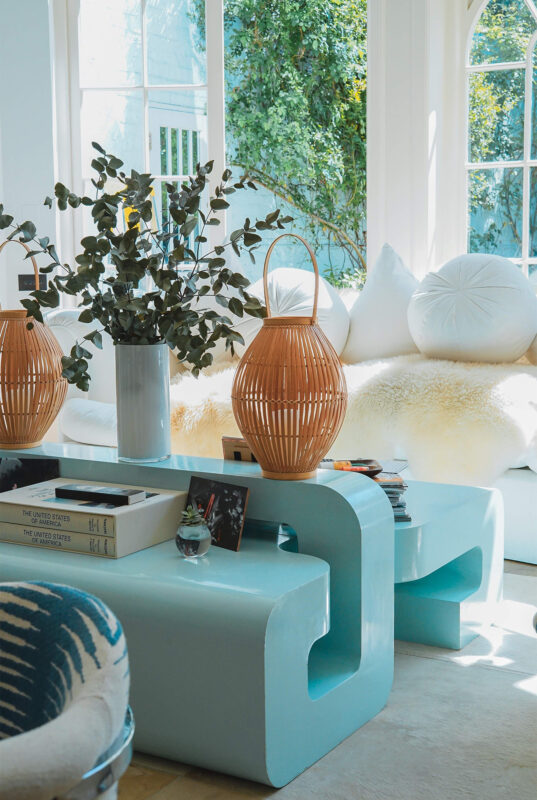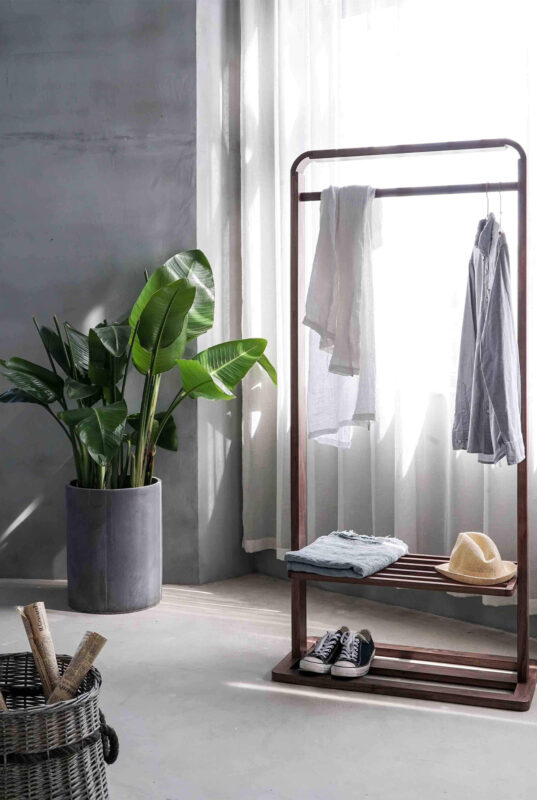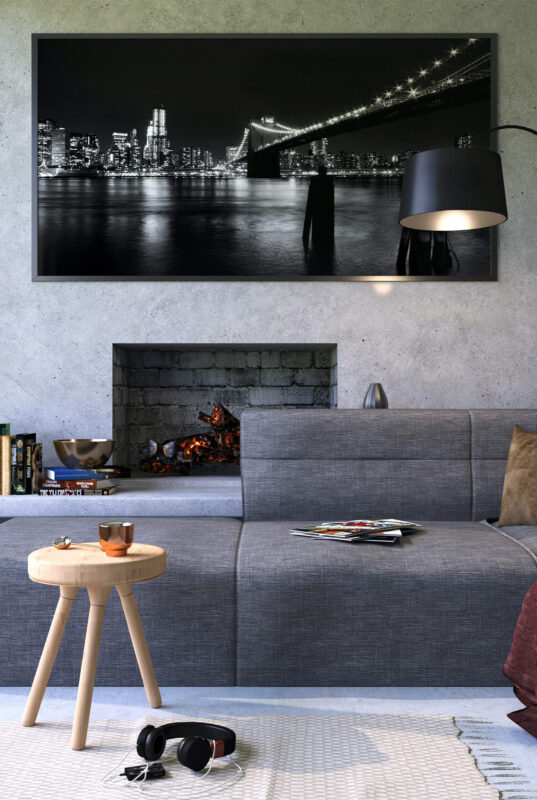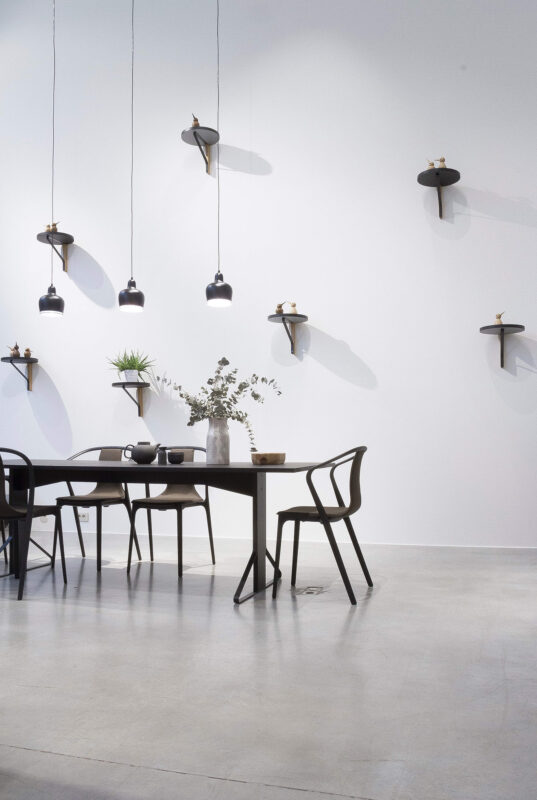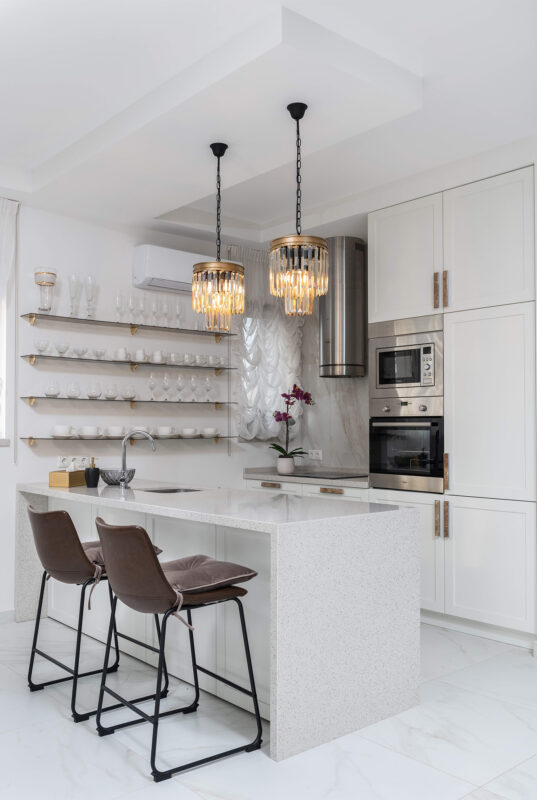Blog
5 Key Interior Design Concepts and How to Use Them
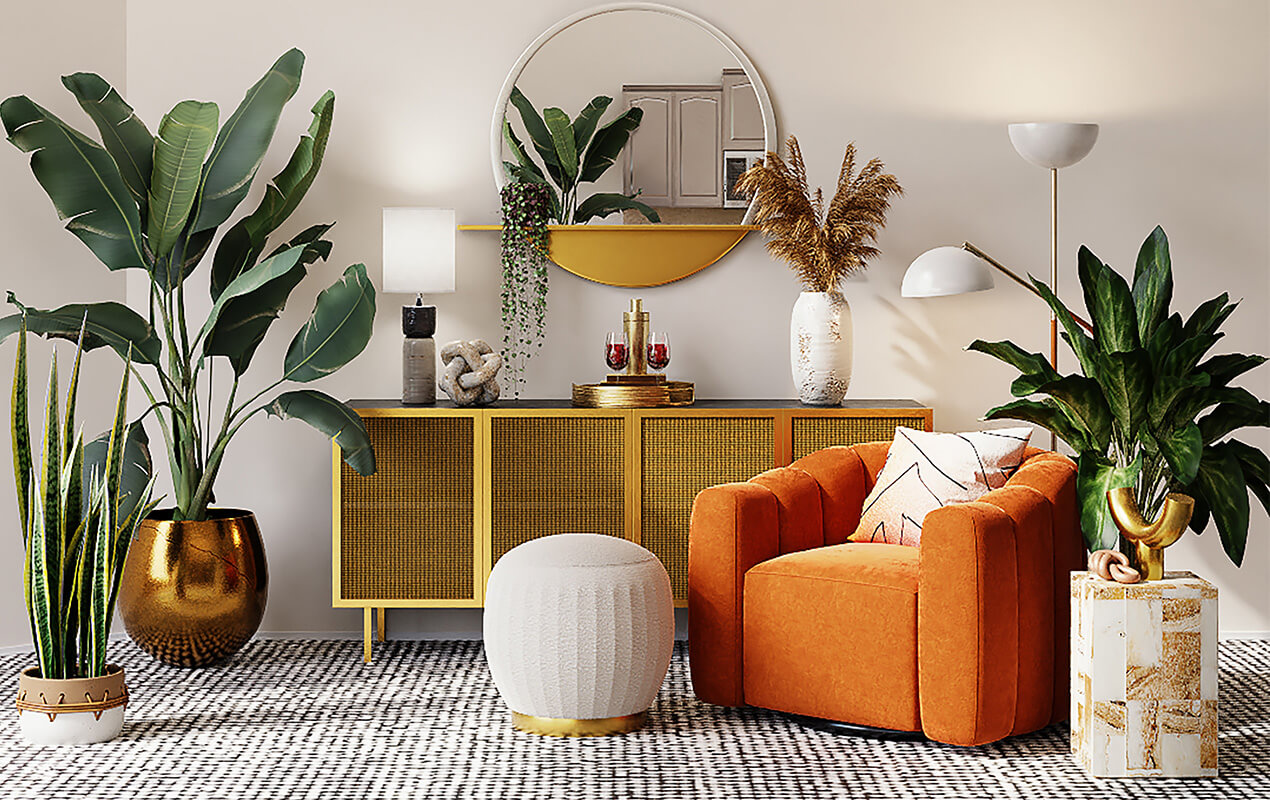
Important Interior Design Rules You Need to Know
There are some people who would have us believe that interior design is a closed world – an elusive place where only select people are allowed to view The Big Book of Interior Design Secrets. We want to dispel that myth and bust out the most important interior design concepts for you to use as your guide, now and forever.
Balance
Balance refers to the even distribution of the weight of objects in a room, as well as their color and texture. Depending on the style, tradition, and influence of a room’s design you can have three main types of balance – symmetrical, asymmetrical, and radial.
Symmetrical balance could be two upright sofas on either side of a coffee table or two identical chairs on either side of a fireplace. Asymmetrical balance would involve replacing one of the sofas with two chairs or adding a tall side table on one side of the fireplace. Radial balance comes from a focal point, around which other items orbit evenly.
For your home – we recommend simple-to-achieve symmetrical or asymmetrical balance – but beware that these methods of room designing can look quite formal1, so keep it homely with textures and soft places to relax.
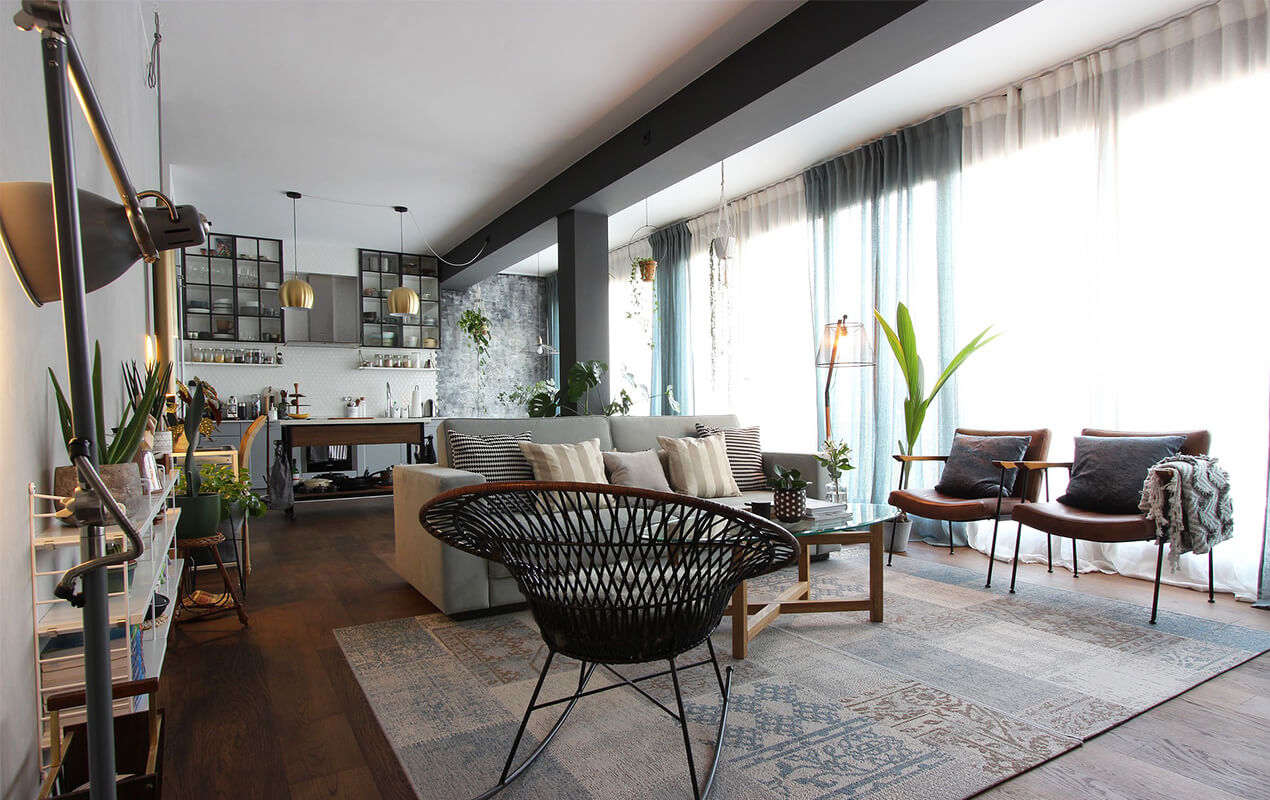
Insight – When in doubt about color, use the 60-30-10 rule – that means use one main color for 60% of the room, a secondary color for 30% of the space, and make the final 10% an accent or ‘final flourish’.
Space
Space is the area in which you can place your chosen furnishings or keep empty – these two ideas are called positive and negative space respectively. Balance is important for this concept, because you do not want to have too much or too little space, or a lopsided room with lots of space on one side but not on the other. It goes without saying that you need negative space for traffic to flow through so that people don’t bash into things. Within your positive space, you can create different illusions, for example, a tall bookcase will give the impression of height. If you feel that more positive space is needed, modular additions offer the opportunity of adding separate rooms to your already completed home for a nice refresh.
For your home – we advise you to keep balance in mind as well as where people need to walk or access things like seating – you will find that where you need positive and negative interior spaces will become clearer.
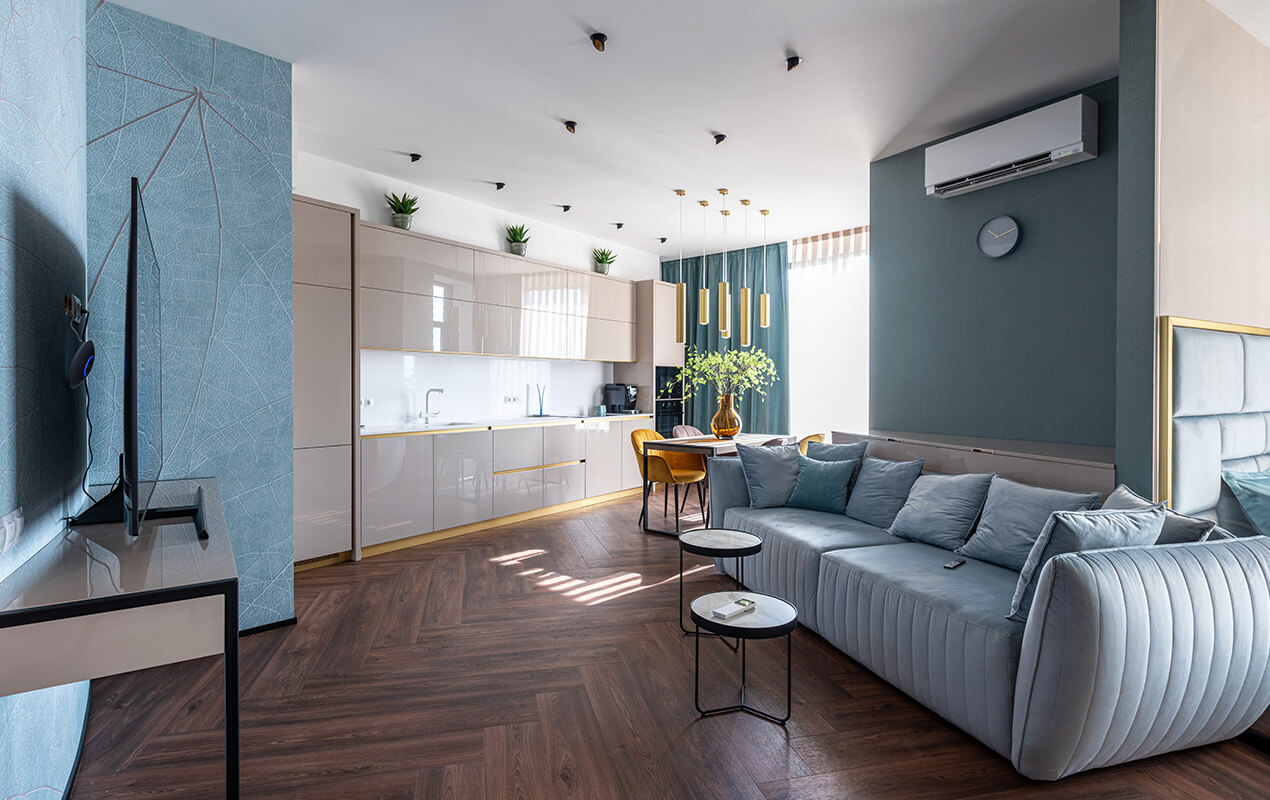
Light
It does not matter whether you would like a colorful living room, a white, minimalist kitchen, or a bohemian, elevated dining room – light is profoundly important to ensure that your chosen designs can reach their full potential and so that you can enjoy your home as much as you can.
Your room will commonly need task lighting for specific purposes, accent lighting to emphasize objects, and mood lighting for those cozy evenings relaxing. Every space will have its own needs – office interior design concepts will center mainly around task lighting, for example, while living rooms will focus more on accent and mood lighting. In any room, natural light should be maximized as much as possible – because there is no replacement for the sun!
For your home – divide your rooms into categories depending on their purpose before choosing the lighting you need, and begin by designing your furniture around available natural light, like having a desk by a window.
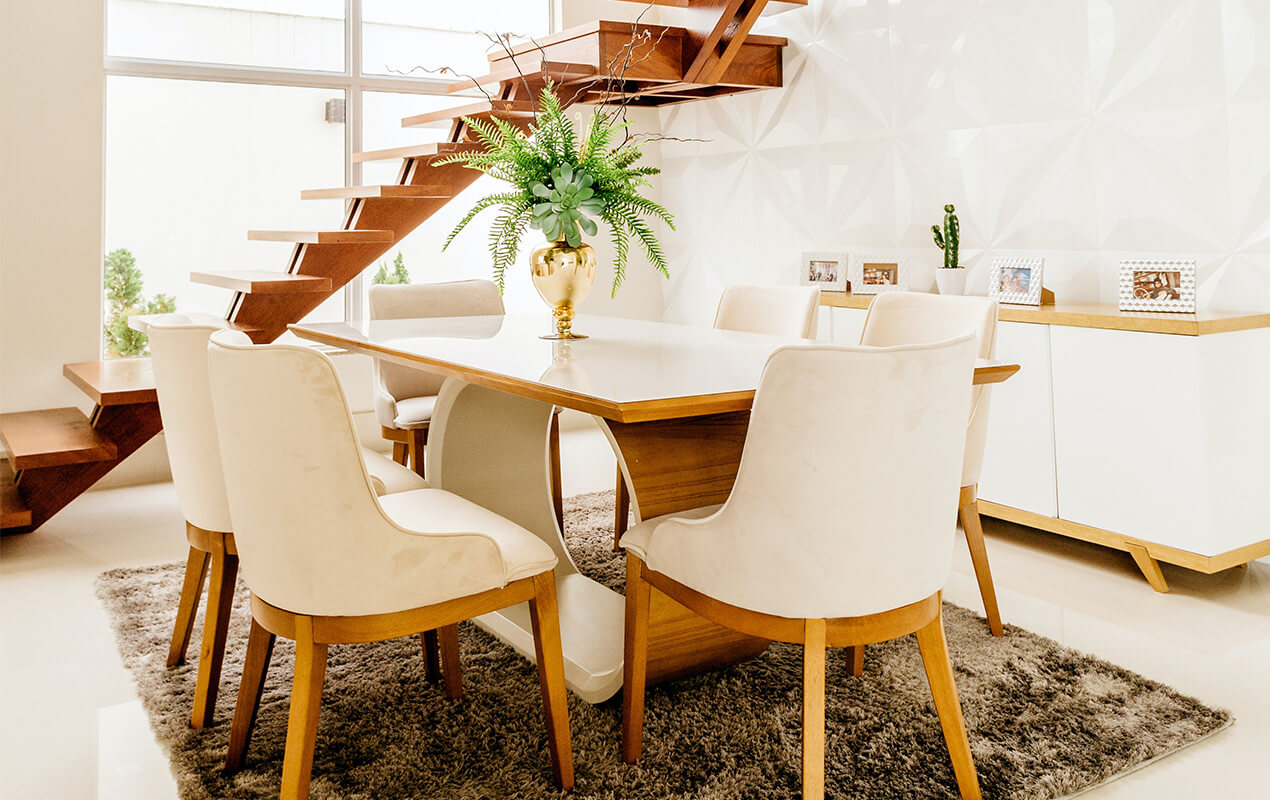
Focal Point
This is one of the interior design concepts that will not need as much explanation as the others – and will be something your rooms probably already have going for them – but it is still important to talk about a focal point, when it comes to interior design rules of thumb.
Sometimes referred to as the ‘emphasis’ of a room, the focal point could be a long, oak kitchen table, a fireplace in the snug, or even a big TV in a living room. The focal point needs to always feel accessible, and everything will center around this piece – or in the words of Joey from Friends when it comes to the TV example, everything will ‘point’ at it. It is basically about creating a warm and empathetic room for all who use it.
For your home – if you do not have an obvious focal point, you can create one, such as painting a feature wall or hanging a large piece of art that can be admired from every angle.
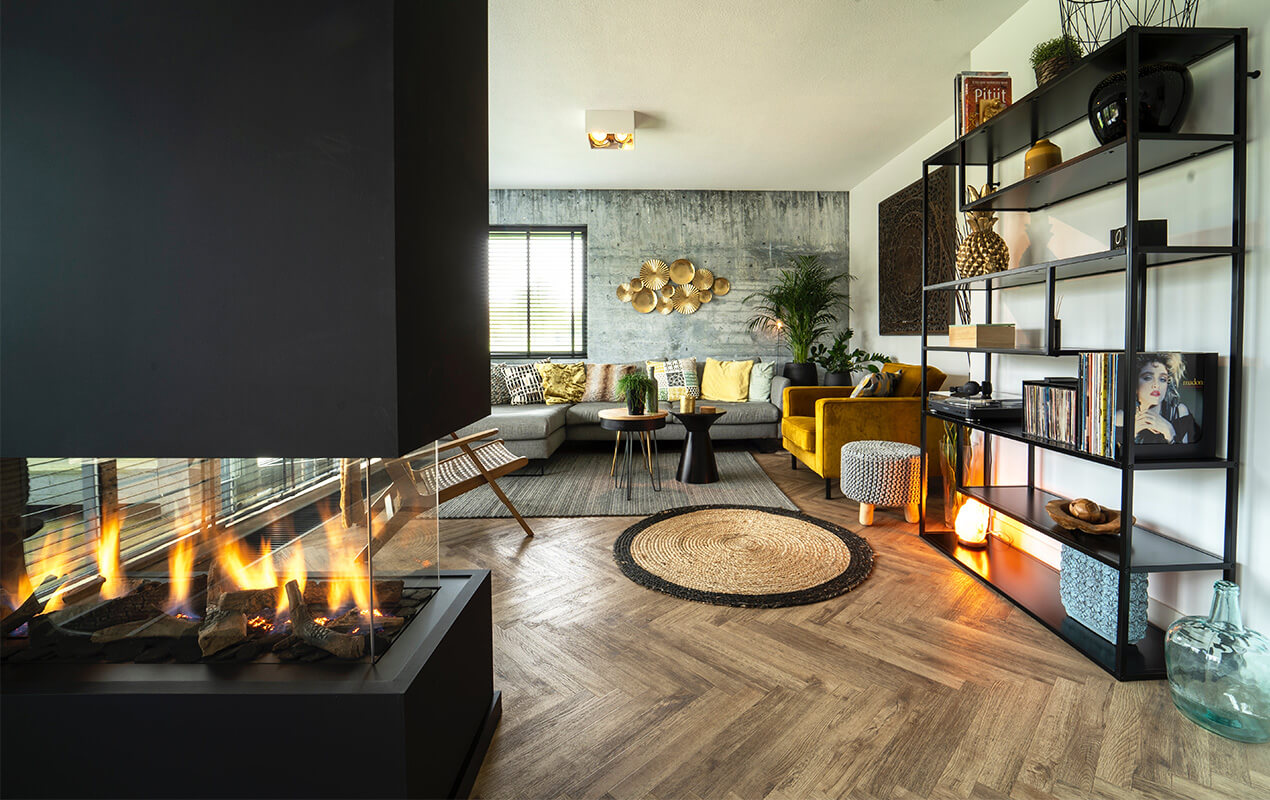
Insight – A great way to add interest to a room is with varied texture. Think about this from the ground up, and consider the visual texture as well as the tactile.
Pattern
Pattern, color, and texture all go hand in hand, but patterns can often be where people go wrong, with too many things going on or even the wrong size pattern for the size of the room. One of our key interior design rules of thumb is that pattern in a small room should be introduced sparingly so that it is not overwhelming to the viewer, but large patterns work well in a petite area as there is only a limited space in which to use it. When it comes to the number of patterns to use, the general rule is that there should be no more than three and there should be a sense of harmony in each of their colors.
For your home – go with your gut: do not introduce any pattern you feel unsure about. For a traditional look choose organic prints and for a modern look find geometric or animal prints.
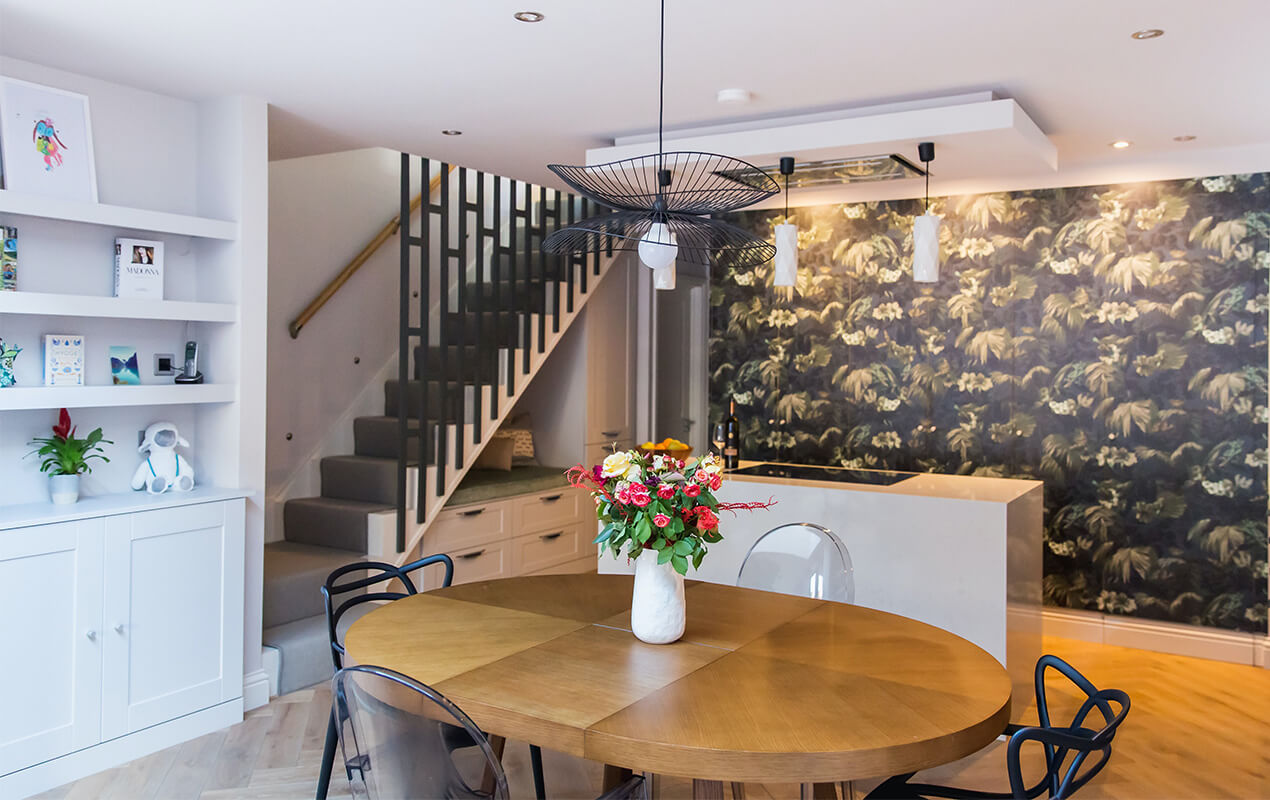
Insight – As an overall rule of thumb, think ‘harmony’ – does the room give you a sense of calm unity? Despite all the colors, styles, and textures you could choose, your room should give a sense of harmony throughout.
In Conclusion
If you can keep in mind these fundamental interior design concepts when you approach your home decor, you will have a home that is balanced, harmonious, and welcoming. Take your time to think about how you use your home and what decor pleases you – do your research online and collect ideas as you go. You will soon see what works and get a feel for what does not!



